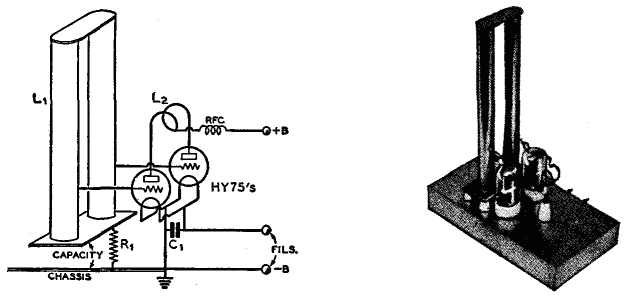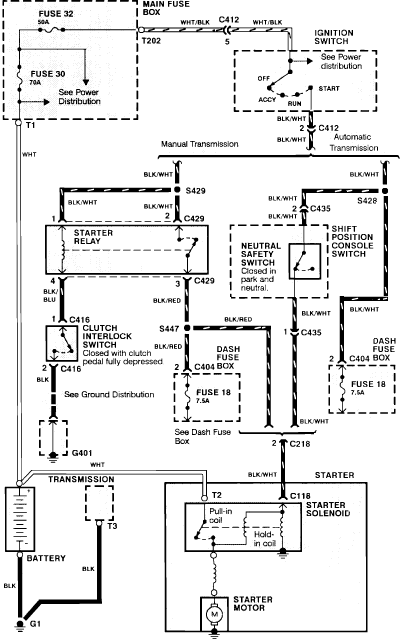
Six a start and stop intermittent cycle control circuits

The circuit illustrated in Figure 3-81 employs a transistor delay circuit to facilitate start-stop cycle control. It can operate in both manual and automatic modes. The circuit is primarily governed by the motor run time circuit, which includes transistors VTi and the FET transistors VTz, VTa, among others, alongside the downtime control circuit, which incorporates FET transistors VT4, VTs, and VT6. The motor's running and stopping durations can be modified by adjusting the potentiometers RPi and RPz.
The circuit operates by utilizing a combination of transistors and FETs to manage the timing of the motor's operation. The motor run time circuit is responsible for determining how long the motor remains active during each cycle. Transistor VTi serves as the primary control element, while the FETs VTz and VTa provide additional switching capabilities to ensure efficient operation.
In parallel, the downtime control circuit is designed to manage the intervals during which the motor is inactive. This is crucial for applications that require precise timing and control over motor functions. The FET transistors VT4, VTs, and VT6 play significant roles in this aspect, allowing for rapid switching and reliable performance.
The inclusion of potentiometers RPi and RPz enables users to fine-tune the operation of the circuit. By adjusting these components, the user can extend or shorten the duration of the motor's active and inactive states, providing flexibility to meet specific operational requirements. This adaptability is particularly beneficial in applications where varying motor speeds or operational cycles are necessary.
Overall, the circuit exemplifies a sophisticated approach to motor control, leveraging the versatility of transistors and FETs to achieve efficient start-stop operations. The design ensures that both manual and automatic control options are available, making it suitable for a wide range of applications. Circuit shown in Figure 3-81. The circuit uses a transistor delay circuit to achieve start-stop cycle control. You can take the hand moving and automatic manner. Circuit is pri marily controlled by the motor run time circuit (VTi and the FET transistor VTz, VTa etc.) and downtime control circuit (the FET transistor VT4 and VTs, VT6 etc.) of two parts. Adjust potentiometer RPi and RPz, can change the motor running and stop time.
The circuit operates by utilizing a combination of transistors and FETs to manage the timing of the motor's operation. The motor run time circuit is responsible for determining how long the motor remains active during each cycle. Transistor VTi serves as the primary control element, while the FETs VTz and VTa provide additional switching capabilities to ensure efficient operation.
In parallel, the downtime control circuit is designed to manage the intervals during which the motor is inactive. This is crucial for applications that require precise timing and control over motor functions. The FET transistors VT4, VTs, and VT6 play significant roles in this aspect, allowing for rapid switching and reliable performance.
The inclusion of potentiometers RPi and RPz enables users to fine-tune the operation of the circuit. By adjusting these components, the user can extend or shorten the duration of the motor's active and inactive states, providing flexibility to meet specific operational requirements. This adaptability is particularly beneficial in applications where varying motor speeds or operational cycles are necessary.
Overall, the circuit exemplifies a sophisticated approach to motor control, leveraging the versatility of transistors and FETs to achieve efficient start-stop operations. The design ensures that both manual and automatic control options are available, making it suitable for a wide range of applications. Circuit shown in Figure 3-81. The circuit uses a transistor delay circuit to achieve start-stop cycle control. You can take the hand moving and automatic manner. Circuit is pri marily controlled by the motor run time circuit (VTi and the FET transistor VTz, VTa etc.) and downtime control circuit (the FET transistor VT4 and VTs, VT6 etc.) of two parts. Adjust potentiometer RPi and RPz, can change the motor running and stop time.





